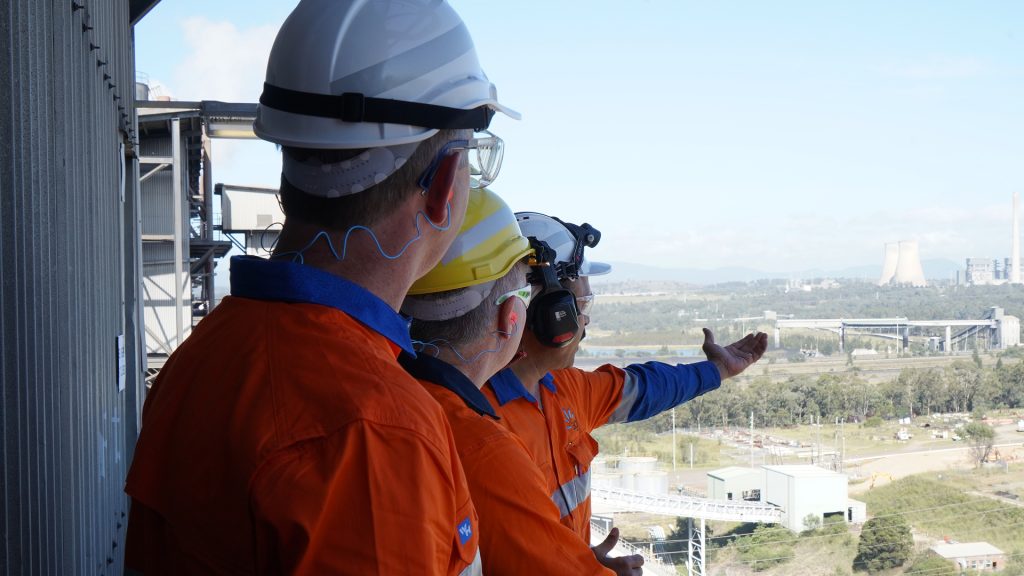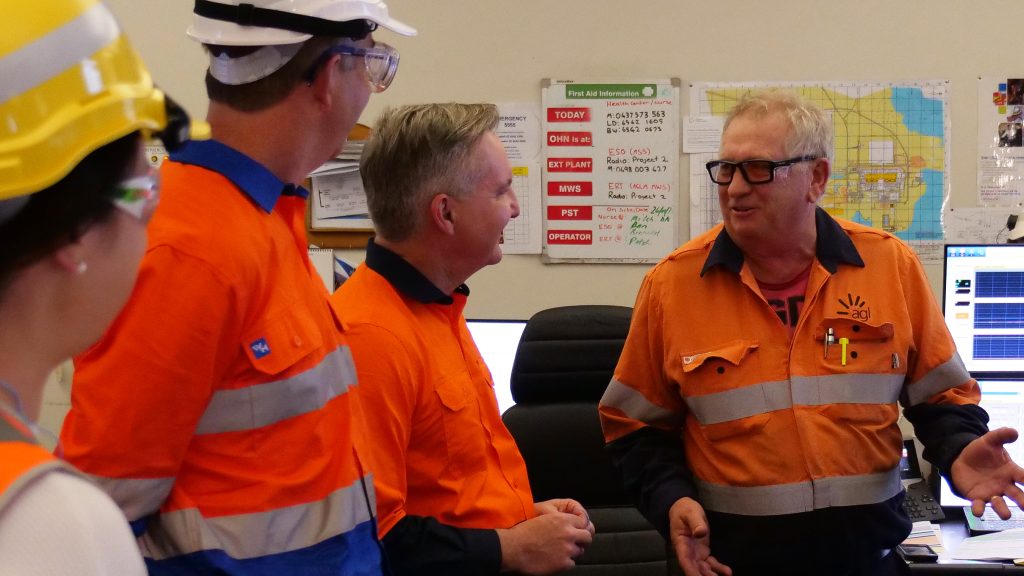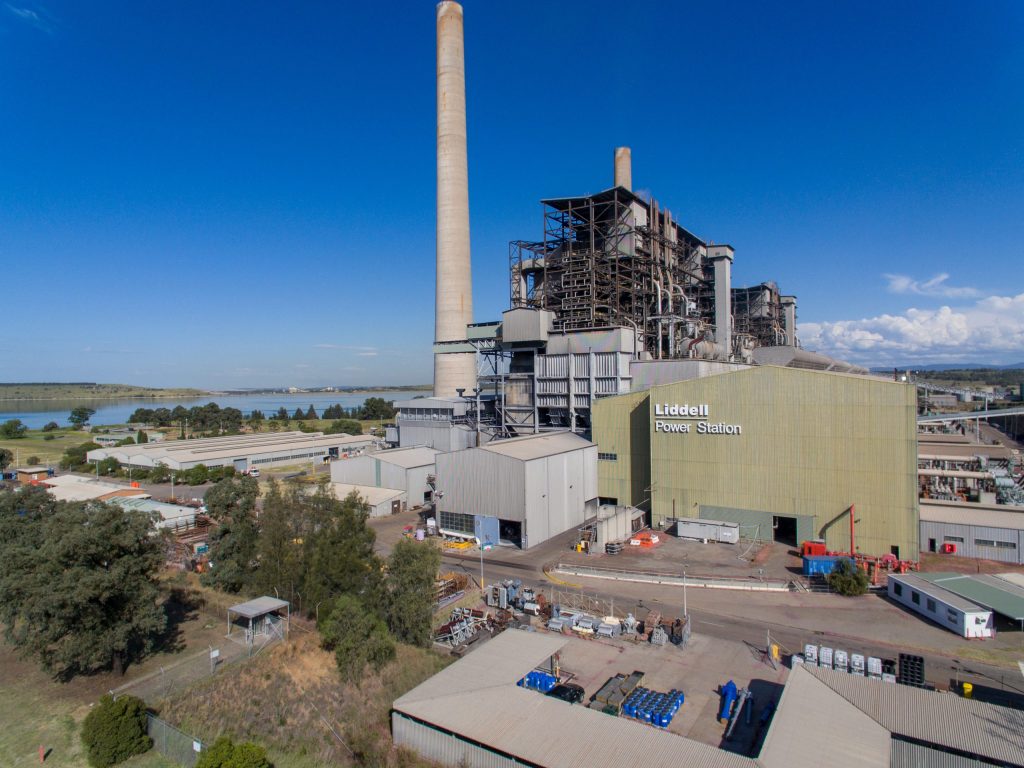
After 52 years of helping power the NSW energy grid, the Liddell Power Station will power down for the final time today.
The coal-fired power station, one of the oldest in the country, will have its fourth turbine shut down this morning marking the end of its service.
The first turbine was shut down last year taking the power station’s output from about 2,000 to 1,260 megawatts. The other two turbines were shut down earlier this week.
Minister for Climate Change and Energy Chris Bowen visited Liddell on Wednesday to thank the 140 workers for keeping the lights on.
“While the engineering is impressive and the technology is important, much more important than that is the workers who for more than 50 years have played a big part in powering our country.
“Obviously this is a big change for Liddell, it’s a big change for the Hunter, it’s a big change for the energy grid and it’s a big change for the country. But what doesn’t change is that we value, respect, and thank workers for everything they do.
“Our economy is changing, our energy system is changing right around the world. But areas like this will continue to be valued and respected and areas like the Hunter will continue to power Australia into the future for many, many years to come. That will change, the energy will change, the energy mix will change, but one thing won’t change – the fact that areas like the Hunter will increasingly power Australia.”
There are about 300 staff at the Liddell power station who have been considering their options over the last seven years.
More than 50 per cent of the workforce is being transferred across to Bayswater and the rest are either taking the opportunity to retire or going for other jobs.

Len McLachlan, the General Manager of both the Liddell and Bayswater power stations said there are definitely mixed feelings among the workforce this week.
“Obviously, you know, it’s an important asset, but they also understand that this actually has to take place. We’ve been planning it for a long time.
And so I think this is kind of the culmination and the celebration and also showing respect for the fact that what it’s done and what it means for the community and what it means to our people.”
CEO of AGL Damien Nicks said it’s a very reflective mood.
“There’s huge amounts of history here in this plant. A number of our workforce have been here for 40-plus years. So there’s lots of history, lots of great stories.
“And for us, it is about celebrating and recognising that contribution that Liddell and its people have made,” Damien Nicks said.
He said now they look towards the future of the site.
“So, clearly for us, it’s about how we transition this site into an industrial energy hub. So the first plan of attack will be putting batteries on board, but there’s a whole range of plans there whether it be wind, solar but also industries outside of energy.
“And that’s really important – how we actually diversify this site and we bring more industries on to this site and we’re also talking to the Indigenous communities as well about how we grow that out.”
The demolition process is expected to commence in early 2024 and take approximately two years. Work will include the removal of all main structures (boilers, chimneys, turbine houses, coal plant) and ancillary buildings, and levelling of the site using recovered crushed concrete.
More than 90 per cent of the materials in the power station are expected to be recycled during demolition, including 70,000 tonnes of steel which is more than the total weight of steel works for the Sydney Harbour Bridge.
Critical infrastructure, such as transmission connections, will be retained to support the ongoing use of the site as an industrial energy hub, helping provide employment and essential economic activity for the region. Planning approval has already been granted for a 500MW/2GWh grid-scale battery.


